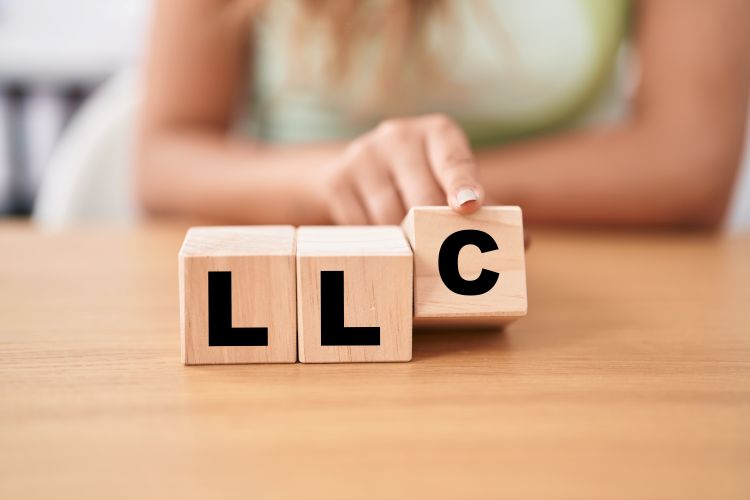New Lease Accounting Standard Effective for 2022
 It is finally here with no further delays. A new lease accounting standard has been implemented for small businesses and not-for-profits as of January 1, 2022. The new standard requires companies to track and categorize all leases, collect quantitative and qualitative data, and report that information on the balance sheet, chart of accounts, income statement and disclosures included in all audited financial statements.
It is finally here with no further delays. A new lease accounting standard has been implemented for small businesses and not-for-profits as of January 1, 2022. The new standard requires companies to track and categorize all leases, collect quantitative and qualitative data, and report that information on the balance sheet, chart of accounts, income statement and disclosures included in all audited financial statements.
Your WhippleWood CPA or advisor can help you make sense of this potentially complicated standard and develop strategies for overcoming unforeseen challenges in your reporting process. Here is a high-level overview.
Why is there a New Lease Accounting Standard?
ASC 842 closely aligns with the new international lease accounting standard IFRS 16, by bringing all leases onto the balance sheet. . The objective is to make financial reporting more consistent for organizations across both U.S. and international financial reporting.
Proposed Benefits of the ASC 842
In addition to providing better insight into the true extent of their lease obligations, business owners and not-for-profit management may benefit from a new level of transparency which results in better decisions for capital allocation, capital budgeting and lease vs. buy decisions.
What is a Lease?
ASC 842 now defines leases as contracts, or portions of contracts, granting “control” of an identifiable asset for a specific period of time in exchange for payment. The term “control” carries a distinct meaning in this definition. In order to demonstrate control of an asset, a business entity must be able to obtain “substantially all” of the economic benefit from the asset’s use and direct its use throughout the period of the contract. Working off of a 90% threshold is typical in defining a substantial portion of the benefit.
What Does This Mean for Lessees?
In accordance with ASC 842, lessees are required to recognize both assets and the liabilities associated with all leases. Lease liabilities are expressed in present values of lease payments, while lease assets are expressed in present values of lease liabilities adjusted for items such as prepaid rent and lease incentives.
As a result of this standard, operating leases will now be recorded on the balance sheet as lease assets and lease liabilities. A right-of-use asset (ROU) is known as a lease liability, which represents the lessee’s financial obligations over the lease term. When measuring the assets and liabilities, both the lessee and the lessor should also include “reasonably certain” lease renewals beyond the current lease term and “reasonably certain” asset purchase options.
For leases with terms of 12 months or less, lessees can elect to not recognize lease assets and liabilities. They should instead recognize lease expenses on a straight-line basis, generally over the term of the lease, similar to the accounting treatment under ASC 840.
Existing capital leases will not require adjustment or re-measurement upon transition, but they will be referred to as finance leases.
Embedded Leases Reporting
The new lease accounting standard’s definition also applies to embedded leases within service or other contracts.
Determining whether a contract contains an embedded lease is probably the most challenging consideration within ASC 842. If a contract contains a lease by the new standard’s definition, then the lessee must record the right-of-use asset and lease liability on the balance sheet. If the contract does not specify a lease, then it may be an off-balance-sheet commitment. It is important to read contract terms carefully against the new leasing standard to determine any future reporting obligations.
If you have questions regarding ASC 842 and how it relates to your organization’s current leasing agreements, chart of accounts or contracts, contact our experienced accounting team at WhippleWood CPAs.
You may also be interested in our article on income tax planning changes for 2022-2025.
About the Author

Randall Joens CPA
Randall serves as the Director in charge of the firm’s Client Advisory Service (CAS) practice. In this role, he works with organizations to bolster their accounting function, drive efficiencies, maintain compliance with regulatory bodies, enhance financial reporting, and empower management to make more informed and effective decision making.



